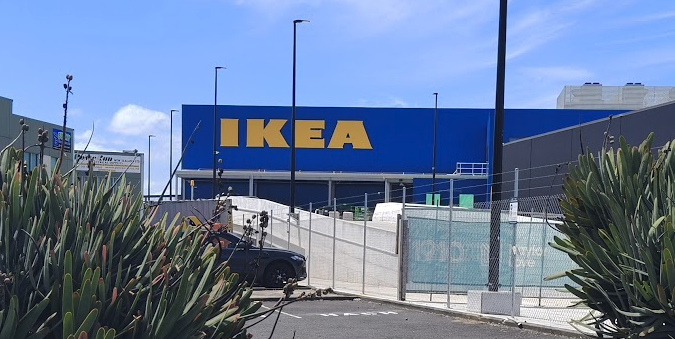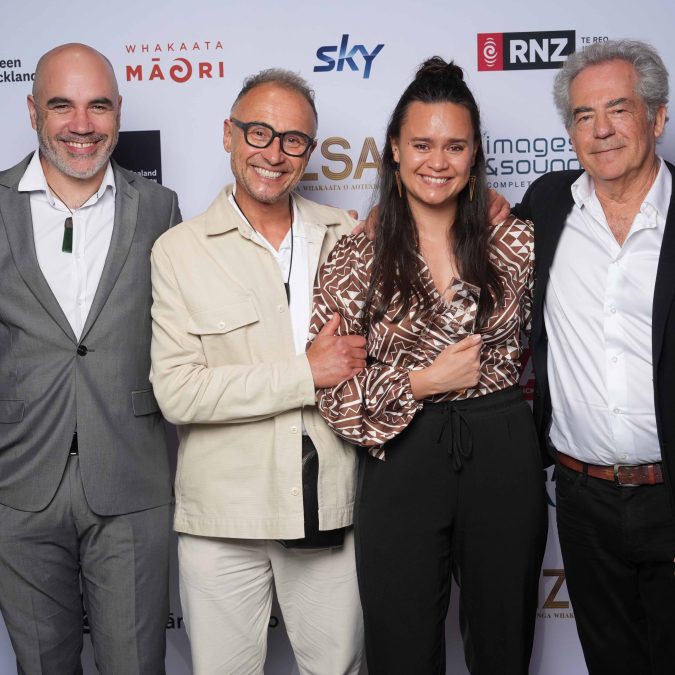
Hamilton-based aeronautical engineers have created a $10 million aircraft that is made to fight the impact of climate change, including controlling wild-fires or plagues of locusts, rain-making in drought-stricken areas, and measuring greenhouse gas emissions.
Seven years in development, NZAero’s aircraft will help governments and humanitarian organisations to save lives during natural disasters and fight the impact of climate change in some of the world’s most inaccessible regions.
The aircraft, costing $10 million, is called the SuperPac XSTOL and unlike other aircraft does not need a sealed runway and is capable of taking off in as little as 200 metres and can land on a wide variety of terrain.
The SuperPac XSTOL is considered the next generation of aircraft, having already been sold to 28 countries, including Africa with the United Nations World Food Programme.
For New Zealand, this aircraft will play a vital role in supporting the Pacific Islands and will be used for lifesaving medivac transports, humanitarian aid, disaster relief and more.
Read more: The trend of climate innovation in New Zealand
CEO of NZAero, Stephen Burrows, says the design of the aircraft to the country’s variable terrain and weather conditions has made it suitable for a wide range of applications to help mitigate the impact of climate change.
“We know that the effect of climate change is accelerating across the world and it is now more devastating to human health, economies and the environment than ever before,” he says.
“Increasingly the fight against its impact is being fought by nations around the world from the skies. In the case of wildfires, historically the focus has been on using larger aircraft to deliver payloads of fire retardant across a wider area.”
Not only will the aircraft battle wildfires, but also disasters such as locust swarms and droughts while also supporting the agriculture sector.
With the increase demand of the aircraft, the SuperPac XSTOL is expected to also boost the country’s aviation sector by millions, as each aircraft is valued at over $5 million.




